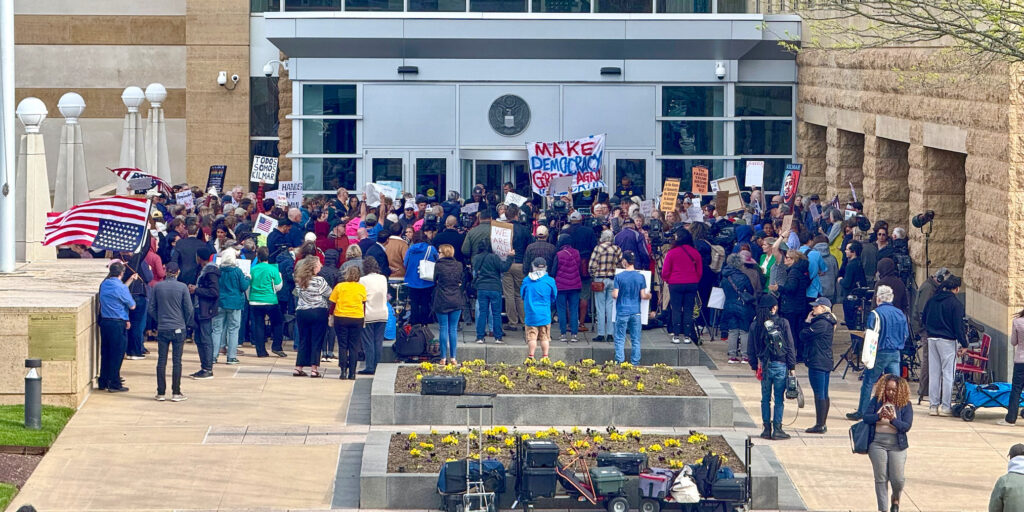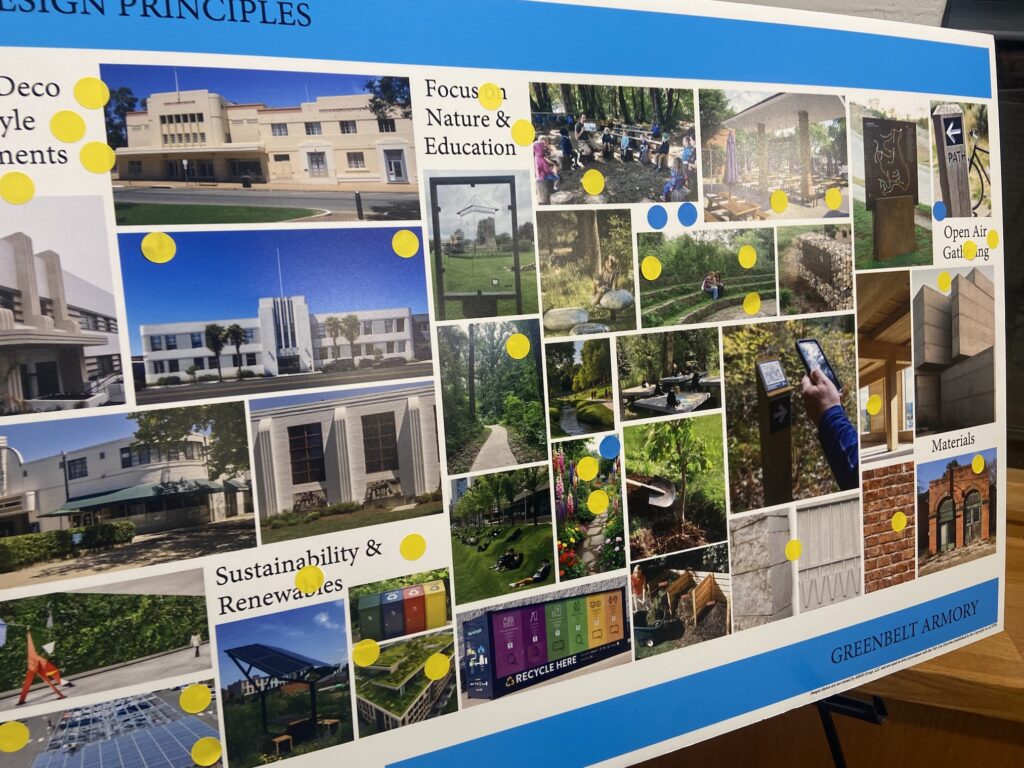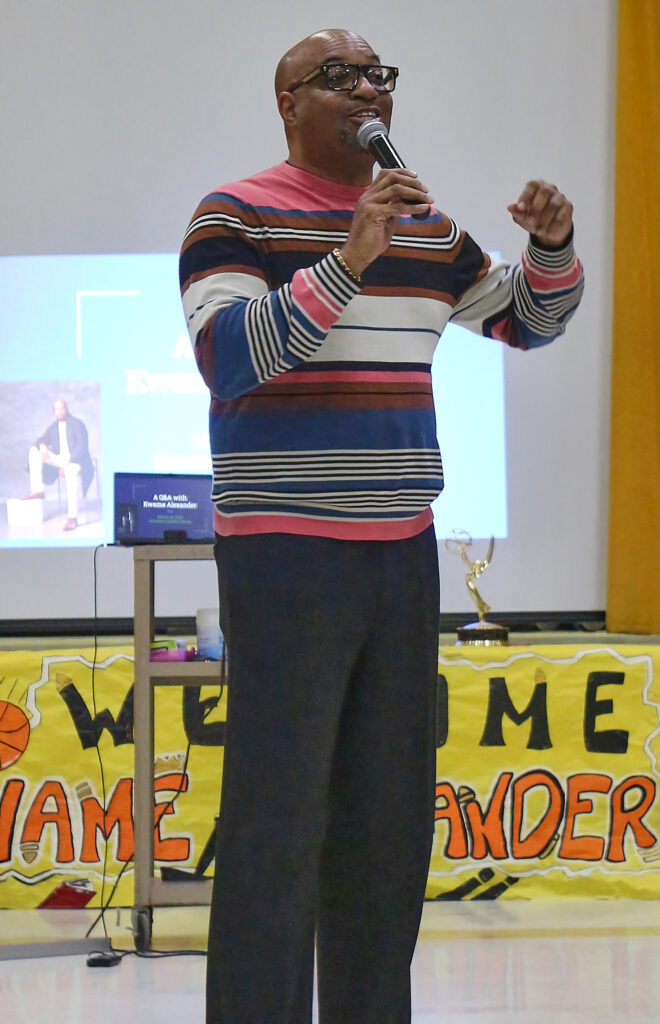The News Review once again asked candidates for election to the Greenbelt City Council to respond to questions posed by this newspaper. Answers are limited to 150 words. If an answer exceeds the limit, the answer is cut off at that point. Here are the answers we received to our second question.
Question 2. How would you increase civic participation in city government, particularly from residents in Greenbelt East and West?
Bill Orleans
Contrary to the image many in town have of ourselves, Greenbelt is not particularly a more progressive community than others, near or far. We think and act conventionally, if with a liberal tinge. Inheritors of a democratic, revolutionary tradition, how are we at ‘keeping’ our republic?
Much of the commentary in recent decades, on the loss of civic culture, has insufficiently noted that the loss has coincided with the growth of individual pursuits and “irresponsible” consumption. (I agree with Francis.)
Too few of us participate in city governance, from every part of town. For some, it’s a matter of not knowing or caring; for others, it’s a matter of logistics.
Council could (should) direct staff to facilitate, in different venues around town, more activities, food and child care provided, to grow connections of residents to residence. As necessary, transit could (should) be provided to the core of town for meetings.
James Whipple
The problem is that many of our citizens feel disenfranchised, causing them to not bother speaking up. The key to improving civic participation is revitalizing the trust between citizens and their local government. People want to feel heard, their concerns addressed both with immediate plans and ongoing efforts. For instance, if someone complains that their sidewalk is cracked, we should put out an immediate response to patch that crack, and we track the location and issue in a maintenance database to support a root cause analysis and fix any underlying issues. To build up this trust, direct civic engagement can be implemented on a small scale. Participatory budgeting is a process where a portion of the city budget is allocated to a project that is nominated and chosen entirely by citizens. If people see the direct outcome of their voice, they will learn that the city cares about their input.
Jenni Pompi
The key to increase civic participation in city government is education – residents need to know where and how to start. Quarterly information forums across the city, with councilmembers and staff, can inform residents about advisory boards, when and where regular meetings and events are hosted, instruction on how to sign up for email and text notifications from the city and give citizens the opportunity to share what they need to become more involved.
Greenbelt must meet citizens where they live because it gives them more access and shows these residents the city cares about their issues and opinions. Occasionally holding council meetings and worksessions in different areas of the city may also increase participation, particularly for those residents for whom transportation is a barrier.
Increasing communication is also vital. Establishing better communication with property management, condo boards and homeowners’ associations could help disseminate more information.
Matthew Inzeo
The tradition of civic participation defines Greenbelt. We have committees for everything, including some that other cities never imagined. Even so, we need citizen participation on important problems right now. Ideas:
Crime. Neighborhood-level Cops with Coffee meetings of citizens and police on ways to reduce crime.
Recreation. Meetings with recreation leaders and parents on improving recreation facilities and programs.
Representation. Facilitating a Greenbelt West Advisory Committee, like the long-standing Greenbelt East Advisory Committee, combining new communities with Franklin Park’s neighborhoods.
Youth participation. More emphasis on civic participation of young people, especially our Eleanor Roosevelt students, including the Youth Advisory Committee (on which I served, while at ERHS).
Voter participation. Voting in city elections, especially in Greenbelt East and West, has historically lagged. Every Greenbelt voter, including teens 16+ registered to vote, can confront that problem by voting on November 7. “Greenbelt is Great,” but it could use a little help.
Ric Gordon
This question truly hits home for me because for nearly a decade I have been working to strengthen engagement throughout our city. Long before I was elected to council in 2021, I started Greenbelt Voices Rising in November of 2017 to increase engagement and outreach to raise the engagement of both Greenbelt East and West. I have sponsored events through GBVR such as annual voter empowerment and outreach rallies that focused on municipal and voting importance to increase registration. I have worked to bring other sponsors to hold outreach events such as pride fest, school supply giveaways and holiday events promoting to all Greenbelters to show we are One Greenbelt East, West and Center. I plan to continue the work I have already been doing to spread awareness of the importance of getting involved with our local government and city activities through volunteerism on boards, committees and commissions.
Silke Pope
Civic participation by residents can be increased by residents knowing how to contact city council, city management and city committees. We need to encourage residents to voice their ideas and concerns to these civic organizations through multiple channels. But civic participation isn’t just about communicating with political bodies. Civic participation is about engaging with your community in whatever way that is meaningful to you. Whether political, social or recreational, we need to inspire not only adult participation but child and youth participation. As I have worked a long time in the educational field at both Greenbelt Middle School and Springhill Lake Elementary, I have continually promoted civic participation to my students. Children will eventually be the next generation to govern our community, so the earlier they are encouraged to participate in any and all civic groups that interest them, the healthier our community will be in the future.
Danielle McKinney
As a Greenbelt West resident, my goal is to meet residents where they are, know who they are, what they need and build connections showing how they can participate civically. I’d like to help illuminate the views and beliefs of our culturally diverse community and why, when and how people engage civically. I would prioritize holding meetings, town halls and activities and expand city facilities in Greenbelt East and West creating greater inclusion and equity.
People are engaged and learn best from small bite-sized pieces of information. I would find creative ways to streamline and communicate city activities and highlight ways people serve. I would use digital storytelling and art projects to share civic engagement in ways that work for residents’ busy lifestyles.
Finally I’d work with local businesses to promote the importance of voting in city elections and work with organizations to ensure translators and literacy support is available.
Kristen Weaver
My ideas for increasing civic participation fall in two categories: (1) meeting people where they are, and (2) reducing barriers to participation. Meeting people where they are includes in a physical sense, in places and at events where Greenbelters gather in East and West, rather than expecting them to come to us, for example to council meetings. It also means in a communication sense, by improving our multi-language communications and developing more channels through HOAs, apartment management and community groups, as well as considering commissioning a community survey with truly representative sampling. Hybrid meetings are one way to reduce barriers to participation, but we should explore how to make those meetings more accessible. We also need to look at barriers preventing even geographical representation on city advisory boards and committees, such as transportation, meeting timing, access to child care or simply needing more information about what such a commitment entails.
Emmett Jordan
Better communication is needed to increase civic participation. Greenbelt’s diverse neighborhoods are more complex than a simple east-west-central division. There are 15 or more distinct neighborhoods in Greenbelt.
We must engage more with homeowner & condominium associations, GHI and apartment development management to improve resident participation. Programs must be offered at convenient times and locations with evening and weekend options distributed throughout Greenbelt, not just in the center.
Here are several inclusive strategies to engage residents:
Ensure two-way communication (listening, not just talking at residents).
Provide multilingual communications.
Keep print newsletters/fliers for residents who do not use computers.
Improve the city website (better search functions and easier to find employee/department contacts).
Prioritize social media for short, time-sensitive messaging.
Use targeted emails/texts for specific interests/audiences.
Finally, our ARPA Community Group grants should yield results that improve civic engagement.



